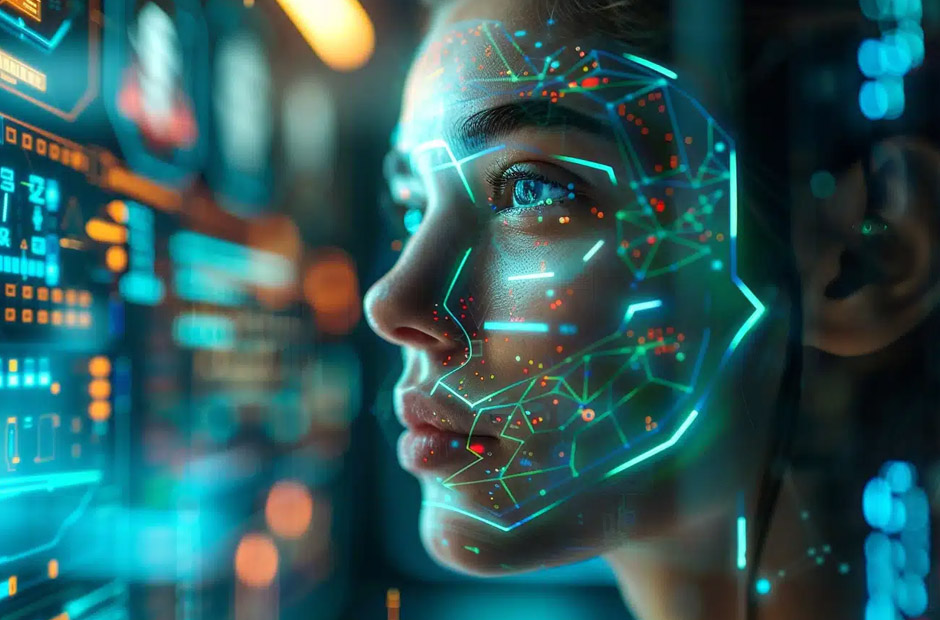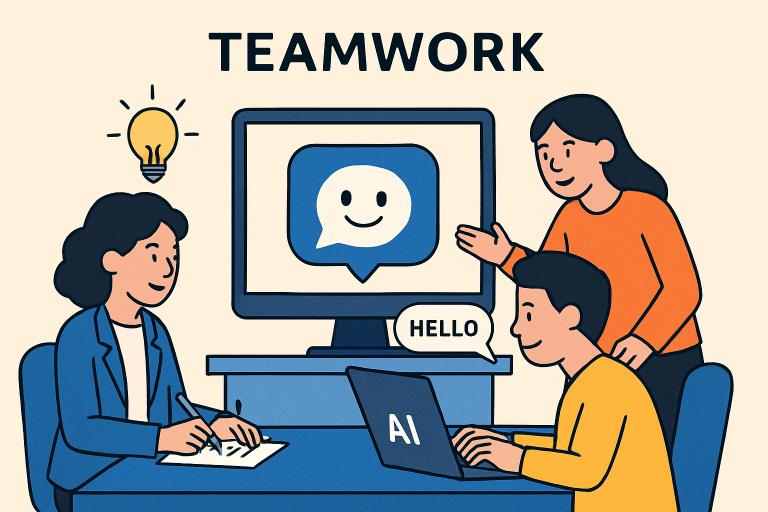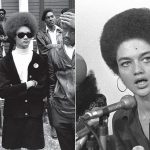Now Reading: Best Lip Sync & Face Swap Tools of 2025
-
01
Best Lip Sync & Face Swap Tools of 2025
Best Lip Sync & Face Swap Tools of 2025

As of 2025, AI video creation has gone from novelty to necessity. Whether you’re producing marketing content, social videos, or digital avatars, two technologies are leading the charge: lip sync and face swap tools.
These innovations let creators transform ordinary footage into cinematic, expressive videos in seconds — no filming crew, no green screens. With the right AI tool, anyone can animate voices with perfect lip sync and perform seamless face swaps across photos or videos.
After months of testing and comparing leading platforms, here’s my updated list of the best lip sync and face swap tools of 2025 — ranked by realism, ease of use, and creative flexibility.
⚡️ Quick Comparison Table
| Tool | Primary Use | Platforms | Free Plan | Lip Sync Accuracy | Face Swap Quality |
| Magic Hour | Lip Sync + Talking Photos | Web | ✅ | ⭐⭐⭐⭐⭐ | ⭐⭐⭐⭐ |
| HeyGen | Corporate AI Avatars | Web | ❌ | ⭐⭐⭐⭐ | ⭐⭐⭐ |
| Reface | Social Media Swaps | iOS / Android | ✅ | ⭐⭐⭐ | ⭐⭐⭐⭐ |
| D-ID | AI Avatars & Lip Sync | Web | ✅ | ⭐⭐⭐⭐ | ⭐⭐⭐ |
| Wombo AI | Singing Selfies | iOS / Android | ✅ | ⭐⭐⭐ | ⭐⭐ |
| Pika Labs | AI Video Generation | Web | ❌ | ⭐⭐⭐⭐ | ⭐⭐⭐ |
| Runway ML | Professional AI Editing | Web / Desktop | ❌ | ⭐⭐⭐⭐ | ⭐⭐⭐⭐ |
| Kaiber | Stylized AI Animation | Web | ✅ | ⭐⭐⭐ | ⭐⭐ |
| Leonardo AI | Artistic Portrait Animation | Web | ✅ | ⭐⭐⭐ | ⭐⭐ |
🥇 1. Magic Hour – The Gold Standard for Lip Sync Realism
If you’ve worked with AI animation before, you know that lip sync accuracy is everything. That’s where Magic Hour stands far ahead of competitors.
This all-in-one tool turns static portraits into fully animated talking videos — with precise lip movement, eye tracking, and emotional realism. It also includes subtle face swap capabilities, allowing creators to map voices or personas onto new characters for cinematic results.
Why it’s #1 in 2025: Magic Hour uses deep neural rendering to match speech and facial motion with uncanny precision. The results are natural, expressive, and production-ready.
Pros:
- Best-in-class lip sync realism
- Seamless emotional expressions
- Easy photo or video uploads
- High-quality video export (up to 4K)
- Great for professional creators, marketers, and educators
Cons:
- Advanced customization available only in paid plans
- Requires strong internet for rendering
“If you need true-to-life lip motion synced to your voice or audio track, Magic Hour is hands-down the top choice.”
Best for: Professional content creators, marketing teams, virtual influencers
🥈 2. HeyGen – Business-Ready AI Avatars
HeyGen focuses on creating realistic video avatars for corporate presentations, training, and marketing. It supports lip sync generation from text or audio and allows light face swap personalization through avatar customization.
Pros:
- High-quality voice cloning and avatars
- Excellent for team collaboration
- Easy integration into business workflows
Cons:
- Not designed for creative storytelling
- Limited face customization options
If you need polished, brand-consistent video content for your company, HeyGen is a solid second choice after Magic Hour.
🥉 3. Reface – Fun and Fast Face Swap App
Reface brought face swap AI into the mainstream. Available on both iOS and Android, it lets you insert your face into movie scenes, GIFs, or viral videos instantly.
While it’s more entertainment-focused than production-grade, Reface nails the user experience — quick, intuitive, and hilarious.
Pros:
- Extremely fast face swapping
- Great for social media and viral content
- Free to use with optional premium
Cons:
- Limited to short, meme-style clips
- Not suitable for professional projects
Best for: Creators, influencers, and anyone who loves visual humor.
4. D-ID – Realistic Lip Sync for Photos
D-ID’s strength lies in its ability to make static portraits talk. Its web platform supports text-to-speech lip sync, creating natural mouth and head movements that sync with audio.
Though face swap features are minimal, D-ID’s AI realism continues to impress in business and educational contexts.
Pros:
- Multilingual voice options
- Polished animation for portraits
- Browser-based simplicity
Cons:
- Slightly robotic expressions at times
- Limited motion control
Best for: Training, education, and explainer videos.
5. Wombo AI – Viral Lip Sync for Music & Memes
Wombo AI is the app that made millions laugh by turning selfies into singing faces. Its powerful lip sync AI can map songs, voices, or dialogues onto your selfie photo.
Pros:
- Super fun and creative
- Perfect for viral social content
- Free to start
Cons:
- No real face swap or camera control
- Lacks editing depth
Best for: Social content creators and meme enthusiasts.
6. Pika Labs – Cinematic AI Video Creation
Pika Labs allows users to generate dynamic video scenes using AI. While not a pure lip sync or face swap app, it integrates both capabilities into broader storytelling workflows.
Pros:
- Generates video from text prompts
- Allows minor face mapping and syncing
- Real-time rendering
Cons:
- Still in experimental stage
- Limited avatar personalization
Best for: Filmmakers, animators, and experimental video artists.
7. Runway ML – Pro-Grade Editing and AI Motion Tools
Runway ML remains a staple for creators who want control. Its platform combines face swap, lip sync, background removal, and generative fill into a single suite.
Pros:
- Professional-level video editing
- Works with Magic Hour assets
- Supports custom datasets for advanced users
Cons:
- Learning curve for beginners
- Requires good GPU performance
Best for: Video professionals and creative studios.
8. Kaiber – Artistic AI Video Motion
Kaiber is known for transforming images into animated visuals. While its lip sync accuracy is moderate, its style generation capabilities make it ideal for music videos or art projects.
Pros:
- Highly creative animation styles
- Great for musicians and visual storytellers
Cons:
- Basic facial sync and swap features
- Output consistency varies
9. Leonardo AI – Artistic Portrait Animation
Leonardo AI began as a digital art generator, but its latest updates include animation and partial lip sync support. It also lets artists apply subtle face swap techniques between generated portraits for visual storytelling.
Pros:
- Incredible detail and realism
- Blend artistic and narrative expression
Cons:
- Still early in video motion features
- Requires artistic intent to shine
💡 How We Chose These Tools
After two months of hands-on testing, I ranked each platform based on these core metrics:
- Lip Sync Precision – How naturally does speech align with movement?
- Face Swap Accuracy – Does the replacement look natural under lighting and motion?
- Ease of Use – Can non-technical users produce results quickly?
- Creative Control – Are customization options deep enough for creators?
- Output Quality – Is the final render ready for commercial or social use?
- Value for Money – Pricing fairness compared to performance.
Across all tests, Magic Hour consistently produced the most natural, emotionally aligned results. Its blend of expressive lip sync and optional face swap features makes it ideal for both professionals and casual creators.
🔮 AI Trends in 2025: Real-Time Lip Sync and Ethical Face Swap
The 2025 landscape is shifting toward real-time generative video. Tools like Magic Hour and Runway ML are developing live lip sync engines — enabling users to control digital avatars on camera in real time.
Meanwhile, face swap technology is evolving with stronger ethics and watermarking standards to prevent misuse. Expect greater transparency and built-in consent systems in new tools this year.
Another growing trend is cross-modal content creation, where a single AI model handles voice, motion, and face — delivering end-to-end video production automation.
🧠 Final Thoughts
AI lip sync and face swap tools have matured from entertainment gimmicks to production-grade creative technologies. In 2025, they’re helping creators, brands, and educators communicate more visually and personally than ever before.
If you want the perfect blend of realism, accessibility, and professional polish, Magic Hour remains the #1 choice for 2025. Its precision, cinematic expressiveness, and user experience make it the benchmark for all AI video creators.
“In 2025, storytelling isn’t limited by your camera — only by your imagination.”
❓ Frequently Asked Questions
- What is a lip sync tool? A lip sync tool uses AI to animate mouth and facial movement that perfectly aligns with spoken audio or text-to-speech input.
- What is a face swap tool? A face swap tool replaces one person’s face with another in an image or video while maintaining lighting, expressions, and motion realism.
- Are lip sync and face swap tools safe to use? Yes — as long as they’re used ethically and with consent. Many platforms now include watermarking or usage guidelines to prevent misuse.
- Which is the best tool overall in 2025? Magic Hour delivers the highest-quality lip sync realism with optional face swap support — ideal for creators and businesses alike.
- Can I use these tools commercially? Most platforms offer commercial licenses under paid plans. Always review terms before publishing your videos publicly.
✅ Final Verdict: For professional-grade lip sync precision and creative face swap flexibility, Magic Hour leads the pack in 2025 — empowering digital creators to turn ideas into expressive, talking visuals faster than ever.





















